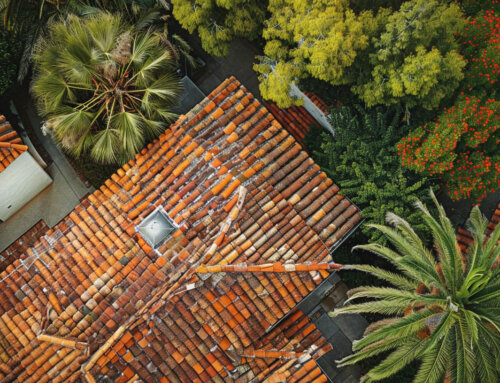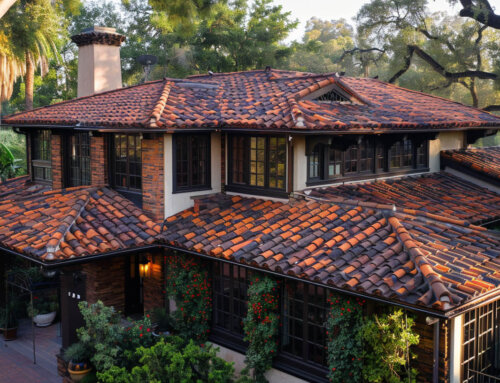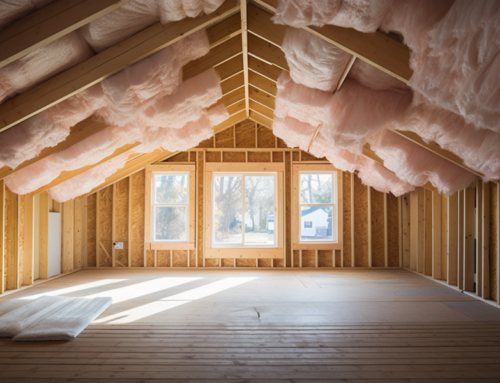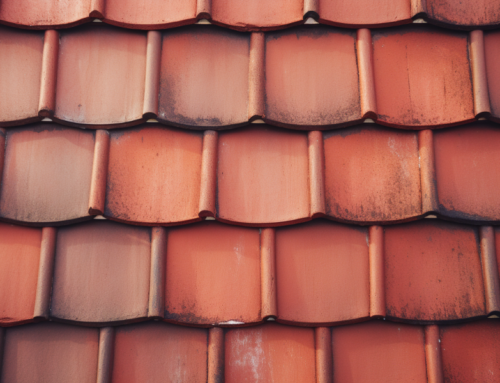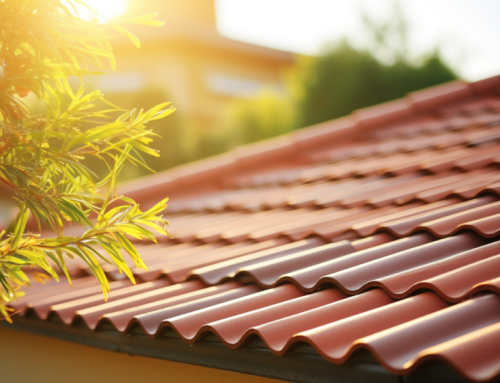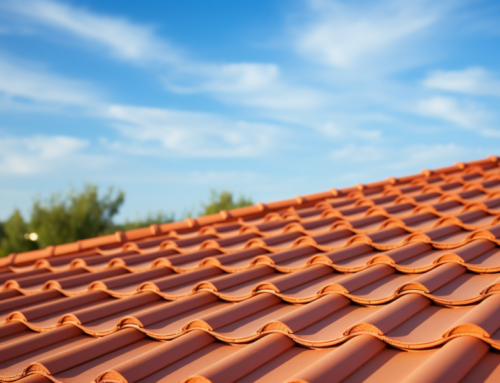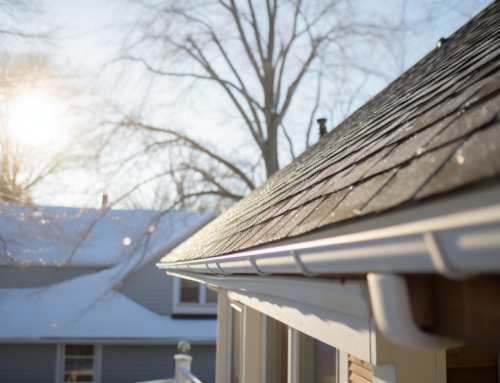Thermoplastic polyolefin (TPO) roofing systems utilize a single-ply roofing membrane to establish a watertight barrier atop structures. Since its debut in 1986, TPO roofing has surged in popularity, becoming a favored choice for both residential and commercial flat roofing applications. Recognizable by its vibrant hue, TPO roofing is lauded for its myriad benefits.
Benefits of TPO Roofing
TPO roofing stands out for its resistance to punctures, tears, and wind, making it an ideal selection for regions prone to severe weather conditions. Impressively, it can deflect almost 90% of the sun’s harmful UV rays, translating to substantial savings on cooling expenses. Contrary to what its name might suggest, thermoplastic membranes are devoid of plastic, making them eco-friendly in production and fully recyclable.
These robust roofing systems are not only cost-effective but also boast a lifespan of up to three decades with minimal maintenance. TPO roofs resist corrosion, deter moss, algae, and mildew growth, and can withstand hail impacts. Available in a spectrum of colors, from the standard white to tan and grey, homeowners have the flexibility to enhance their property’s aesthetic appeal.
When compared to EPDM rubber roofing, another synthetic roofing material known for its resilience, TPO emerges superior in several aspects. It offers enhanced UV reflection, heightened resistance to damage from foot traffic, falling debris, or hail, and boasts more robust seams. The installation process involves using a hot-air gun to weld the membrane at the seams, significantly reducing the chances of leaks, a common concern with flat roofs.
The TPO Roofing Installation Process
1. Roof Preparation
Before the TPO membrane installation, it’s essential to either strip the existing roof or clean the current substrate and supplement it with insulation. The primary insulation types include polyisocyanurate, expanded polystyrene, and extruded polystyrene. The chosen insulation not only shields the roofing membrane from moisture but also augments energy efficiency.
Subsequently, a cover board, typically ⅝” plywood or OSB, is placed to anchor the membrane. It’s crucial to smoothen any sharp protrusions before membrane attachment.
2. Membrane Installation
TPO roofing is available in thicknesses ranging from 45 mil to 90 mil. While 60 mil is standard, consulting with a professional, like those at San Diego County Roofing & Solar, can help determine the optimal thickness for specific needs. The membrane can be affixed using mechanical fasteners, bonding adhesive, or a ballasting system. The fully adhered method, which involves adhesive across the entire membrane surface, ensures no air bubbles or shifting, albeit with a longer installation duration.
Mechanically attached membranes, on the other hand, offer a swifter installation. However, the spaces between fasteners can lead to moisture accumulation, potentially harming the roof and the building’s structure over time.
Once the membrane is in place, seams are meticulously sealed using heat guns. Achieving a flawless seal demands patience and expertise, ensuring the heat gun operates at the minimal setting required to melt the seam without damaging the surrounding membrane.
3. Finishing Touches
Post membrane installation, drip edges are essential to channel water towards the gutter system, preventing water stagnation and potential leaks. Proper drainage is vital to prevent foundational erosion and structural complications.
Protrusions like vents and chimneys necessitate special attention. Flashing is employed to thwart water from breaching the membrane, thereby averting water damage. Moreover, areas where three membranes intersect mandate T-joints.
Consult the Professionals
San Diego County Roofing & Solar, one of the leading roofing contractors in San Diego, has been at the forefront of roofing solutions since 1999. Our team of experts is adept at both commercial and residential roofing installations and repairs. We are equipped to guide you through the nuances of selecting the ideal roofing material, weighing the pros and cons of each. Reach out to us today for a no-obligation quote and delve deeper into TPO and other flat roofing alternatives.



